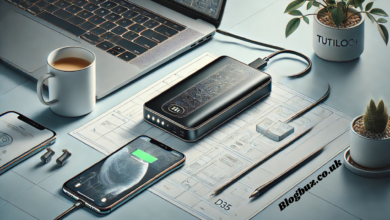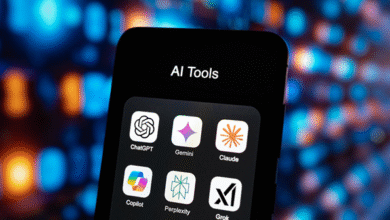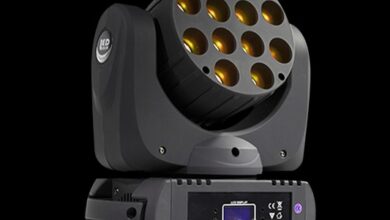GIF Face Swap vs. Traditional Editing: Which is Better for Your Images?

In today’s digital age, image editing has become an essential tool for both casual users and professionals. From fun filters on social media to professional-grade advertisements, the way we manipulate and present images has drastically evolved. Three popular methods that have risen to prominence are GIF face swap, video face swap, and traditional image editing. While all three have their merits, it’s important to understand which method is best suited for your needs. This article will break down all three approaches and explore their respective advantages and drawbacks, helping you choose the right tool for your next project.
What is a GIF Face Swap and How Does It Work?
A face swap is a fun and quirky way to manipulate images by swapping faces between different people or characters within a photo or video. This process is typically achieved using online tools or mobile apps that can quickly detect faces. Once detected, the app automatically swaps the faces and generates a looping image or video that can be shared across various platforms.
The appeal of face swapping is its instant gratification. With a few taps or clicks, you can create a humorous or creative image that’s ready to share on social media. The use of looping images or videos adds an extra layer of entertainment, making them ideal for grabbing attention in a world full of fleeting content.
What is Video Face Swap and How Does It Work?
Video face swap is an even more advanced form of face-swapping technology that involves replacing a person’s face in a video with that of another person. Using artificial intelligence (AI) and deep learning techniques, video face swap tools can track and map a person’s facial features in real time, ensuring that the swapped face mimics the original movements and expressions in a smooth, realistic way.
This method is often used for creating deepfake videos, where a person’s face is swapped with someone else’s to create convincing footage. While the technology is becoming more sophisticated and accessible, it still requires specialized tools and may involve more technical know-how than GIF face swapping.
The Strengths of Traditional Editing vs. GIF Face Swap
One of the standout benefits of traditional editing is the level of customization it offers. With tools like Photoshop, you can manipulate every aspect of an image—adjusting brightness, contrast, and saturation, as well as removing or adding elements. This degree of control ensures that your images look exactly how you want them, whether you’re retouching a portrait or creating a stylized advertisement.
When it comes to professional use, traditional editing is essential. GIF face swap and video face swap may be fun for social media, but they don’t hold up in high-stakes environments like corporate branding or photography. Traditional editing is designed to create polished, high-resolution images that maintain their quality in various formats, making it ideal for print materials, websites, and other professional settings.
For businesses and creatives, traditional editing offers the flexibility needed to align with brand guidelines and personal vision. Whether you’re adjusting a photo to match a specific color palette or ensuring it meets the aesthetics of your brand, traditional editing allows for greater precision in achieving your desired outcome.
Conclusion: Why Choose GIF Face Swap?
Ultimately, choosing between video face swap and traditional editing depends on your needs and goals. Video face swap is ideal for more dynamic, creative content that requires a realistic touch. However, when you need precision, high-quality results, or professional images, traditional editing remains the best option. By understanding the strengths and limitations of both methods, you can select the right approach for your next project and ensure your images or videos meet your expectations.




